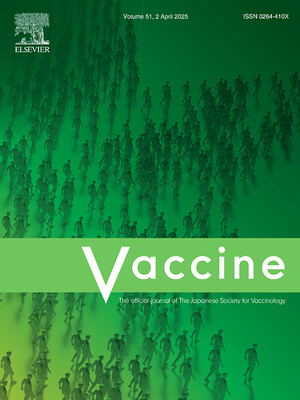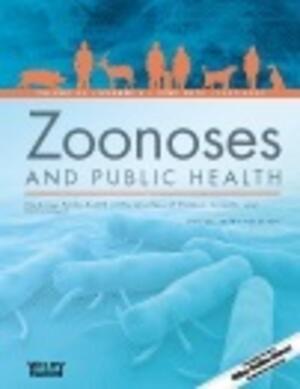
Novel CRISPR-Cas-powered pen-side test for East Coast fever
Abstract
Theileria parva causes East Coast fever (ECF), one of the most important and lethal tick-borne diseases of cattle in sub-Saharan Africa. ECF is a considerable burden to the livestock industry, causing annual losses exceeding US $300 million. Currently, diagnosis of T. parva infections relies mainly on clinical signs, serology, and microscopic identification of parasites in either blood or lymph fluid samples. However, these tests might not indicate ongoing infection and lack the sensitivity to detect low-level infections. Molecular tests such as nested and quantitative PCR assays offer high sensitivity for detection of T. parva. However, these tests remain highly complex technologies that are impractical to use in resource-limited settings where economic losses due to the disease have the most significant impact. A field-deployable, point-of-care test will be of significant value in the treatment and control of ECF in endemic areas. For this purpose, we have developed a CRISPR-Cas12a-based pen-side tool that can sensitively and specifically detect T. parva based on the p104 gene. We describe a streamlined, field-applicable diagnostic tool comprising a 20 min recombinase polymerase amplification (RPA) reaction followed by a 60 min CRISPR-Cas12a reaction using a FAM/Biotin lateral flow strip readout. We tested two different RPA primer pairs and four different CRISPR-RNAs (crRNAs). The p104-based assay displayed high sensitivity, detecting as low as one infected lymphocyte per three microliters of blood and universally detecting eight different T. parva strains without detecting DNA from other Theileria spp. such as Theileria mutans and Theileria lestoquardi. This work opens the way for a field-applicable diagnostic tool for the sensitive point-of-care early diagnosis of T. parva infections in cattle.
Citation
Muriuki, R., Ndichu, M., Githigia, S. and Svitek, N. 2024. Novel CRISPR-Cas-powered pen-side test for East Coast fever. International Journal for Parasitology 54(10): 507–521.










